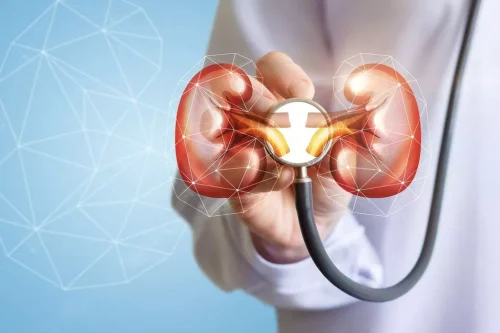
If someone can consume large amounts of alcohol without showing signs of impairment, they have probably developed a high tolerance for alcohol. This can actually be a warning sign of an alcohol use disorder. When someone has problems related to alcohol consumption, they are often said to have alcoholism. The proper clinical term for alcohol addiction is an alcohol use disorder, but regardless of the term used, there are plenty of myths surrounding alcohol abuse. Ten of these myths are described in detail and debunked below. The primary factor in intoxication is the amount of alcohol consumed, not the variety.
Alcohol Myth #5: Eating Before Drinking Wards Off Intoxication

We often say, „Give it a year,“ because this journey involves gradual shifts. There will be ups and downs along the way, but that’s part of the process. The key is to focus on those small wins and celebrate them—just like you would on a weight loss journey.
Debunking 7 Myths about Alcohol

The change in blood vessels, as mentioned in Myth 3, can cause headaches. Lastly, a hangover is actually a „mini-withdrawal.“ When the central nervous system is released from the depressed state, the opposite state develops-feeling edgy and irritable. As with any health condition, relapse is sometimes a part of the recovery process for an alcohol use disorder.
- The beauty of TSM is its power to create lasting change, but time is truly your ally here so you can make changes that are sustainable.
- Some common tick-borne diseases include Anaplasmosis, Ehrlichiosis, Babesiosis, Rocky Mountain Spotted Fever, and Tularemia.
- But without a routine or daily responsibilities, alcohol use can more easily spiral, he says.
Alcoholism isn’t as serious as other forms of addiction.
You may think that drinking can help alleviate pain, but evidence suggests that chronic drinking can worsen pain levels. In this article, we are going to share 5 important things for you to know before you start medication treatment for problem drinking. We’ll focus specifically on naltrexone following The Sinclair Method. Perhaps the most dangerous myth myths about alcoholism on this list is that Lyme disease is the only tick-borne disease, which is incredibly false. When it comes to tick facts, one of the most harrowing truths is that there are several tick-borne diseases that can be spread through tick bites. Whether your dog is lying in the backyard or enjoying a sunny day at the dog park, they can still pick up ticks.

Alcohol is a stimulant drug.

Alcohol can be especially problematic in older adults because it can conflict with medications and worsen the symptoms of other health problems that are common among older people. In addition to affecting the liver, alcohol affects the brain, the heart, and both the central nervous https://ecosoberhouse.com/ system and the peripheral nervous system. Take our short alcohol quiz to learn where you fall on the drinking spectrum and if you might benefit from quitting or cutting back on alcohol. Caffeine will make you feel more “alert.” But you’re only going to be a more alert drunk person.
Myth 1: Drinking perks you up at parties
Myth 4 (for women)
- Those suffering from alcoholism who try to drink socially or “have just one” usually fall back into old habits or even into a full-blown relapse.
- And when your ability to make decisions is impaired, you’re no longer in control.
- Black coffee and cold showers only produce wide-awake drunks.







